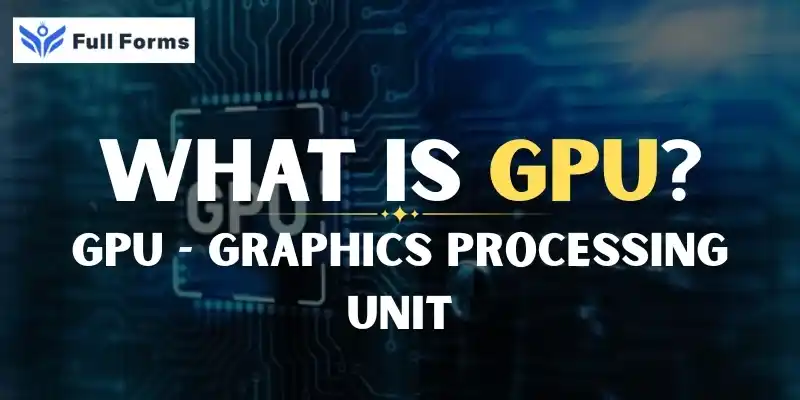Graphics Processing Unit
(GPU)

Description
Graphics Processing Unit (GPU): A Simple Guide
A Graphics Processing Unit, commonly known as a GPU, is a special type of computer chip that is designed to handle graphics and images. GPUs are responsible for creating the images, videos, and animations you see on your computer screen, phone, or gaming console. They play a major role in making games look realistic, videos run smoothly, and even in helping with complex calculations in science and engineering.
What is a GPU?
A GPU is a piece of hardware found inside computers and other digital devices. Its main job is to process visual information quickly and efficiently. While the Central Processing Unit (CPU) is like the “brain” of a computer, handling many different tasks, the GPU is more like a “specialist” that focuses on graphics and visual data.
How Does a GPU Work?
GPUs are designed with hundreds or even thousands of tiny processing units called “cores.” These cores can carry out many calculations at the same time. This is different from a CPU, which usually has fewer cores focused on general tasks.
This design makes GPUs very good at handling tasks that can be done in parallel—like drawing many pixels on a screen all at once. That’s why GPUs are perfect for rendering graphics, running games, and editing videos.
Uses of GPUs
- Gaming: Modern video games use complex graphics and effects. GPUs make these games run smoothly and look realistic.
- Video Playback and Editing: Watching high-definition videos or editing them requires a lot of graphics power, which is provided by the GPU.
- Design and Animation: Artists and designers use GPUs for creating 3D models, animations, and special effects.
- Scientific Research: Many researchers use GPUs to perform complex calculations faster than traditional CPUs.
- Machine Learning and AI: Training AI models requires a huge amount of calculations, which GPUs can handle efficiently.
Types of GPUs
- Integrated GPU: Built into the CPU or motherboard. Found in most laptops and smartphones. Less powerful but more energy-efficient.
- Dedicated (Discrete) GPU: A separate chip or graphics card. Much more powerful and used in gaming PCs and workstations.
Major GPU Manufacturers
- NVIDIA: Known for GeForce and Quadro series.
- AMD: Known for Radeon graphics cards.
- Intel: Known for integrated graphics solutions.
Why Are GPUs Important?
GPUs are important because they make computers faster and more efficient at handling images, videos, and other visual tasks. They free up the CPU to do other work, making the whole system run better. As technology advances, GPUs are being used for more than just graphics—they are now a key part of artificial intelligence, big data, and scientific research.
GPU vs. CPU
CPU: Handles a wide range of tasks and can switch between them quickly. Good for complex, single-threaded jobs.
GPU: Handles many simple tasks at the same time. Perfect for graphics and parallel processing.
Conclusion
A Graphics Processing Unit (GPU) is a vital part of modern computers and digital devices. It makes graphics look good, helps run complex software, and is now used for many important tasks beyond gaming. As technology continues to grow, GPUs will play an even bigger role in helping us solve problems and create new things. Understanding what a GPU does helps us appreciate all the amazing visuals and technology we use every day.
